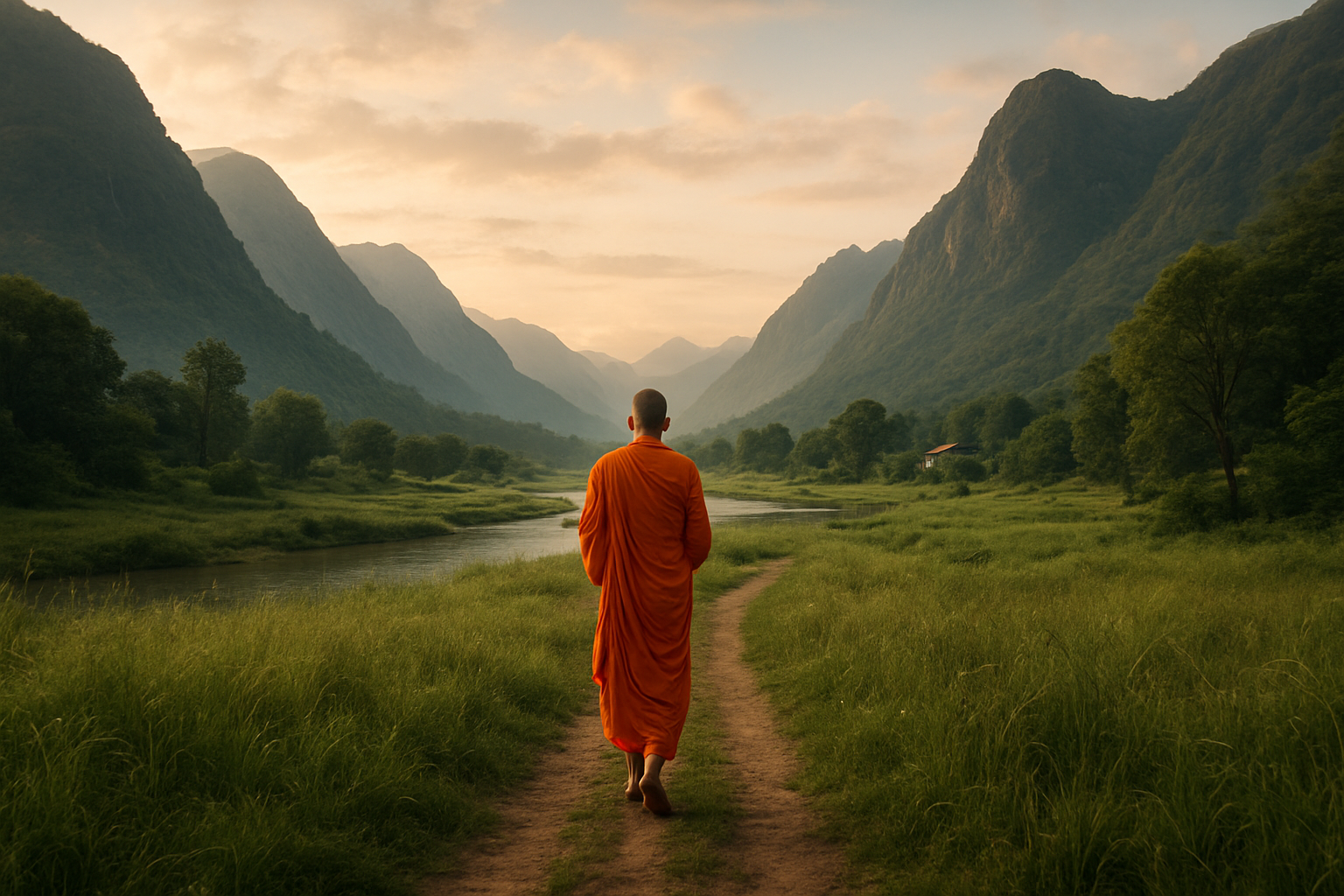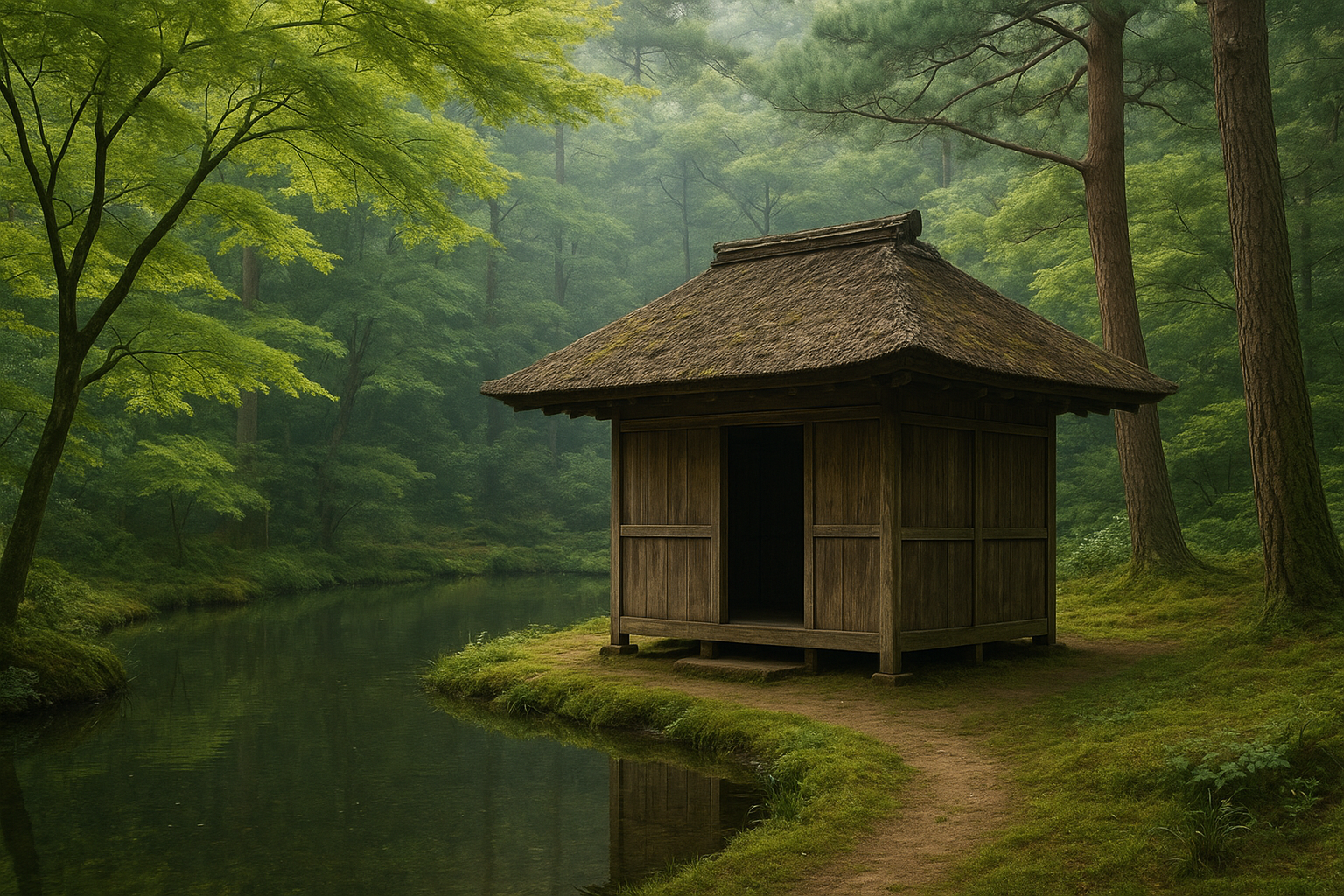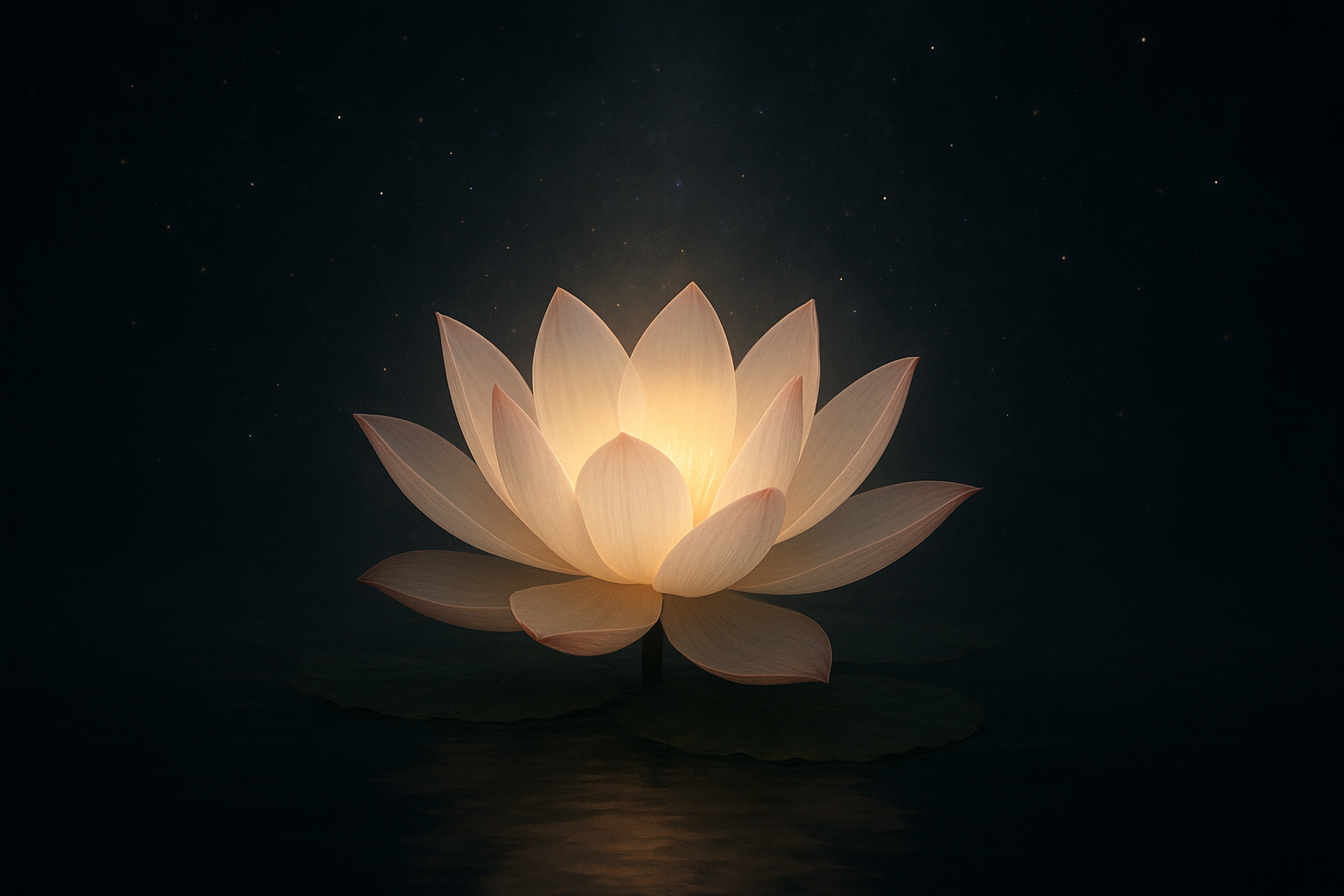The Traveler’s Silence – Listening to the Unspoken Dao
In the cacophonous world we inhabit, silence has become an elusive muse. We yearn for it in meditation halls and remote forests, yet often fail to recognize its profound lessons even when it envelops us. In the ancient philosophy of Daoism, also known as Taoism, silence plays an integral role, speaking volumes to those willing to listen. This rich tapestry of philosophy guides us to experience life through simplicity, peace, and embracing the rhythm of the universe.
The Essence of Daoism
Daoism, a philosophical and religious tradition rooted in Chinese culture, centers on living in harmony with the Dao, which can be translated as the “Way” or “Path”. The Dao is essentially an understanding of the fundamental nature of the universe, a source that is both eternal and unchanging yet dynamically creating everything in existence.
“The Dao that can be told is not the eternal Dao; The name that can be named is not the eternal name.” – Lao-Tzu, Tao Te Ching
These opening lines from the Tao Te Ching, the classic text attributed to Lao-Tzu, encapsulate the mystery and ineffability of the Dao. It suggests that the ultimate truth of the universe cannot be fully captured or expressed in words—that there is a deeper understanding that transcends verbal explanation.
The Role of Silence in Daoism
Silence, in a Daoist context, is not merely the absence of noise, but rather a state of being where one is attuned to the universe. It is about creating a space where awareness can flourish, stripped from distraction and pretense. Silence is a medium through which the Dao reveals its presence, allowing individuals to cultivate intuition and insight.
Daoist practitioners emphasize cultivating a quiet heart and mind, reflecting the importance placed on introspection and internal peace. In silencing the mind’s chatter, one can begin to perceive the subtle and often overlooked workings of the Dao.
An Invitation to the Traveler
Traveling, in many ways, offers an unparalleled opportunity to engage with silence. When stepping away from the daily grind, we open our senses to new experiences, both externally in diverse landscapes and internally through self-reflection. For the traveler seeking to connect with the Dao, the journey becomes a method of listening more than seeing, of absorbing rather than describing.
- Embracing the Landscape: Whether it is the rustle of leaves in a quiet forest or the vast silence of a desert at dawn, nature speaks a language devoid of words. Listening to the natural world can evoke a profound sense of belonging and understanding of our place within it.
- Meditative Walks: Walking silently and mindfully is a practice encouraged in Daoism to align with the natural pace of the universe. Such walks encourage encountering the world with curiosity and openness, enabling the traveler to attune to the rhythms around and within them.
- Practices in Stillness: Meditation and quiet reflection offer spaces to turn inward, accessing the inner realm where the echoes of the Dao reside. Allowing oneself to sit in stillness can cultivate a deeper connection with the unspoken truths of existence.
Cultural Echoes of Silence
The resonance of silence in Daoism undeniably reflects through various cultural practices. In traditional Chinese gardens, for instance, the design embodies principles of silence and contemplation, inviting the visitor to pause and blend harmoniously with nature. Similarly, calligraphy and painting encourage a silent dialogue between the artist and the canvas, where each stroke becomes a conversation with the Dao.
Beyond China, elements of Daoist silence have woven into the fabric of Buddhist traditions, seen in the meditative serenity of Zen gardens and the silent retreats encouraging inward journeys across other cultures and practices in Asia.
The Modern Traveler’s Quest
In our modern, hyper-connected world, choosing silence is a radical act. The travelers seeking serenity and insight often find themselves battling the incessant chatter of notifications, plans, and itineraries. Yet, embracing silence can be transformative, shedding distractions as one moves across landscapes within and without.
Today’s travelers can integrate Daoist silence into their journeys by consciously carving out moments of reflection, whether through solitary walks, listening exercises, or meditation. The key lies in surrendering the need to document every experience and instead allowing oneself to be absorbed into the moment wholly.
The whispers of Dao
Daoism teaches that the universe is constantly communicating, not through words, but through the silent symphony of existence. As Lao-Tzu suggests, “Silence is a source of great strength.” In silence, we find a conversation between the self and the infinite, an understanding that goes beyond that which can be spoken or written.
For travelers attuned to this silent dialogue, the journey is not just one of sight or sound, but an uncharted path towards wisdom and peace where the Dao speaks in the quiet moments between thoughts and the stillness between breaths.
The unspoken Dao waits patiently for those who venture forth with open hearts and attentive ears.






